Quicklinks
Quicklinks
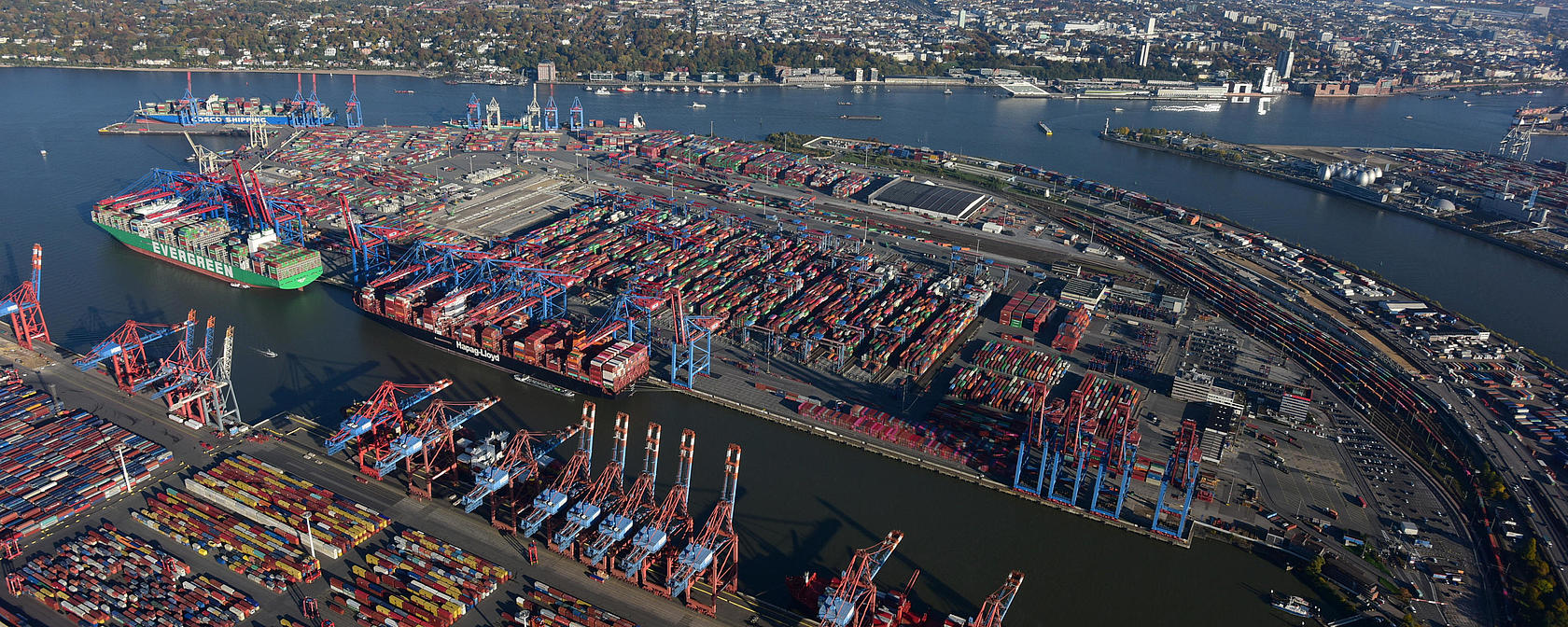
Some 8.5 million standard containers are handled every year at the Port of Hamburg. “We can make these containers plannable and therefore faster,” says Ulrich Wrage, CEO of Hamburg software company DAKOSY, which celebrates its 40th birthday this year. One of the most important DAKOSY products is the Port Community System (PCS), which over 2,500 companies from the port sector, logistics, industry and trade are connected to. In Hamburg, the course is already being set for the handling of containers while they are still sailing across the world’s oceans.
And that’s paying off. “With optimal process coordination, the container can be reloaded within a single day once it reaches the port,” explains Sönke Witt, Head of Business Partner Communication at HHLA. The current dwell time at the terminal is about four days, according to Witt. Those who first start the customs process and make decisions about onward transport after the container has been unloaded at the port can factor in an extra two to three days.
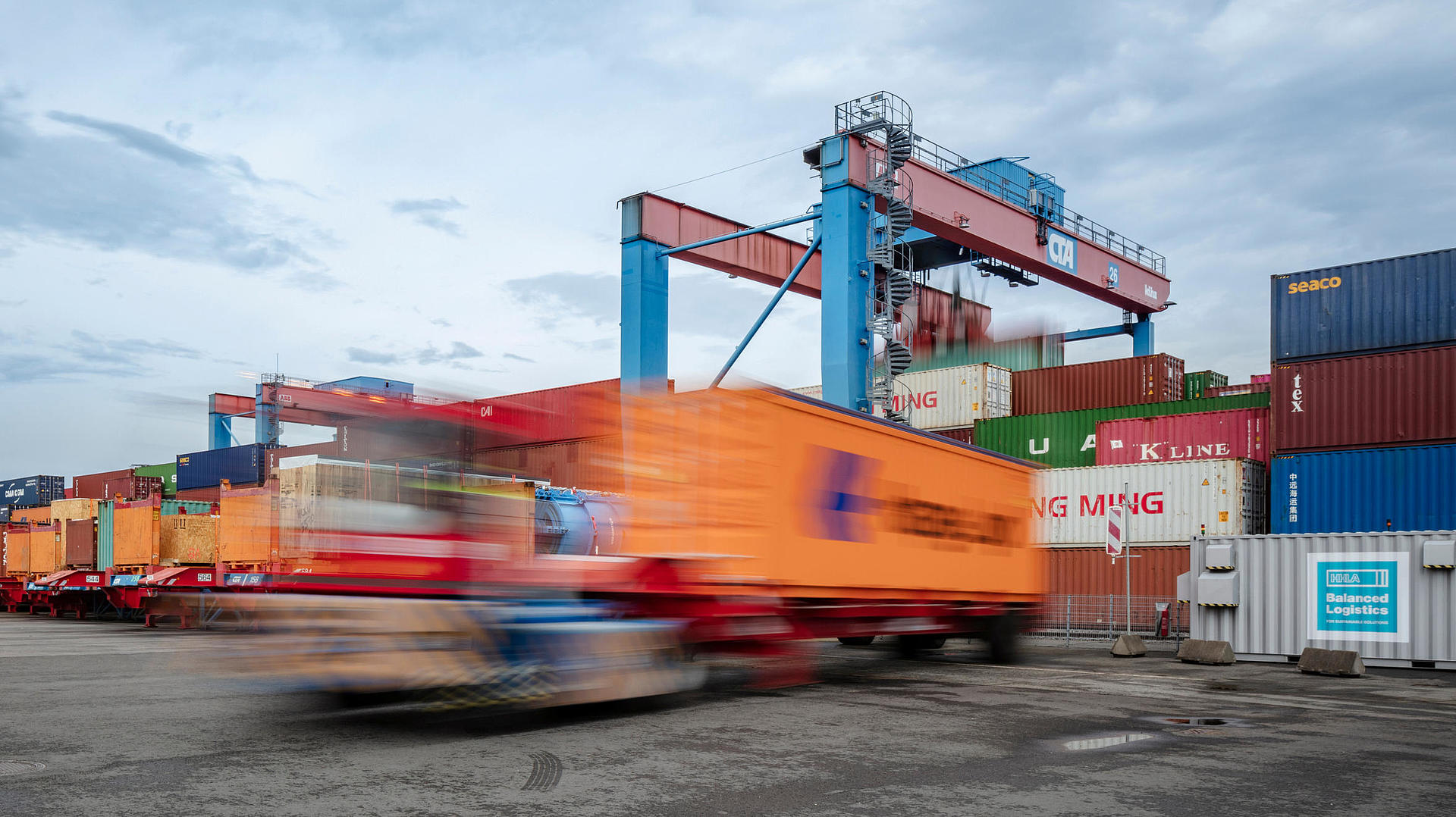
With optimal process coordination, the container can be reloaded within a single day once it reaches the port, even though the average dwell time at the terminal is about four days.
The digital engine is known by the acronym IMP in the Hamburg logistics scene. IMP stands for Import Message Platform, and is part of the Port Community System. Everyone involved invests in the collaborative IMP system in the form of data: carriers, local authorities, forwarders, terminal service providers and other parties involved at the port. In return for the data, over 100 status updates are sent out regarding the container in question.
“911” has been a common status update of late. It informs the terminals, forwarders and recipients who are expecting the container that the ship is expected to arrive late. Everyone involved can respond proactively, for instance by speeding up the logistics chain that begins at the port or by adjusting the production process or sales campaign.
The information on status “911” or status “912” (earlier ship arrival) is sent by the Hamburg Vessel Coordination Center, HVCC. The joint venture from HHLA and Eurogate coordinates around 3,000 ocean-going vessels, 1,200 feeder ships and 400 inland waterway ships for the Port of Hamburg annually.
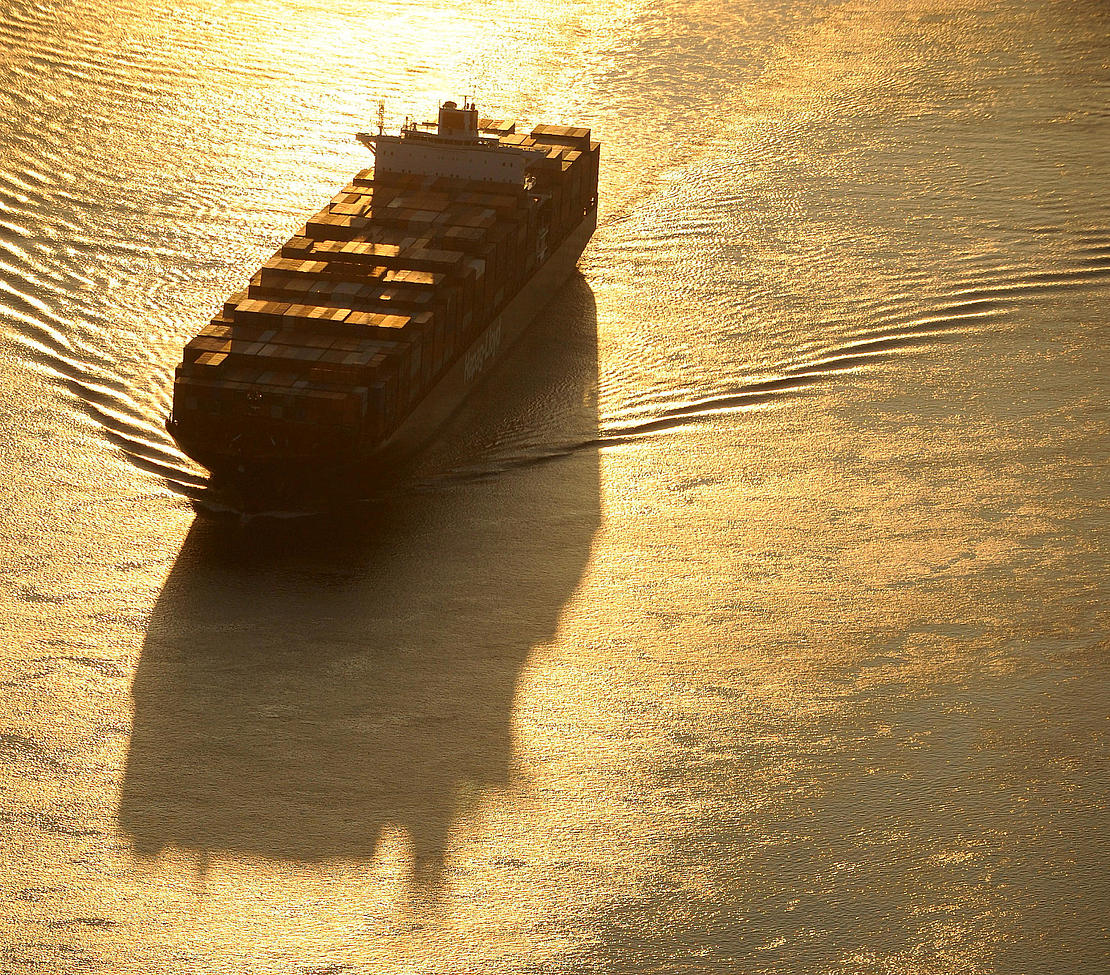
“We have an eye on ships even as they pass through the Strait of Gibraltar, and we refine our information continually until their arrival in the port,” specifies Managing Director Gerald Hirt. Hirt has subdivided the valuable, secure and numerous data sources into six pillars.
In collaboration with the Hamburg Port Authority (HPA), HVCC uses these mosaic data to create a traffic report for the next four days. The HVCC’s work is supported by simple applications of artificial intelligence. For instance, a traffic light will automatically switch to red if the algorithm calculates that a ship won’t reach the approach point on the Outer Elbe as planned. “To avoid this, every container shipping company receives a detailed passage plan with a recommendation for speed from the previous port and information on traffic conditions,” explains Hirt.
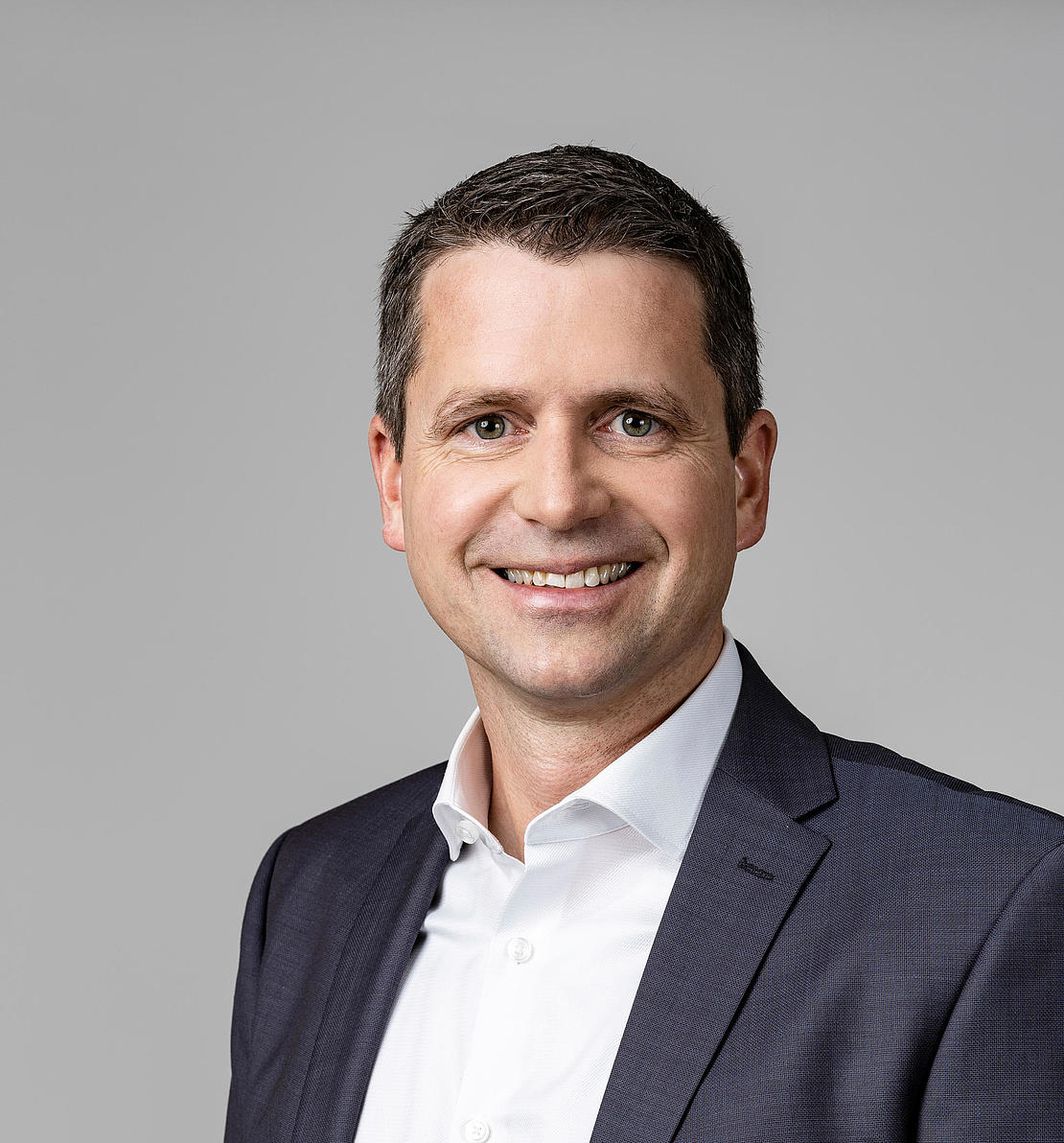
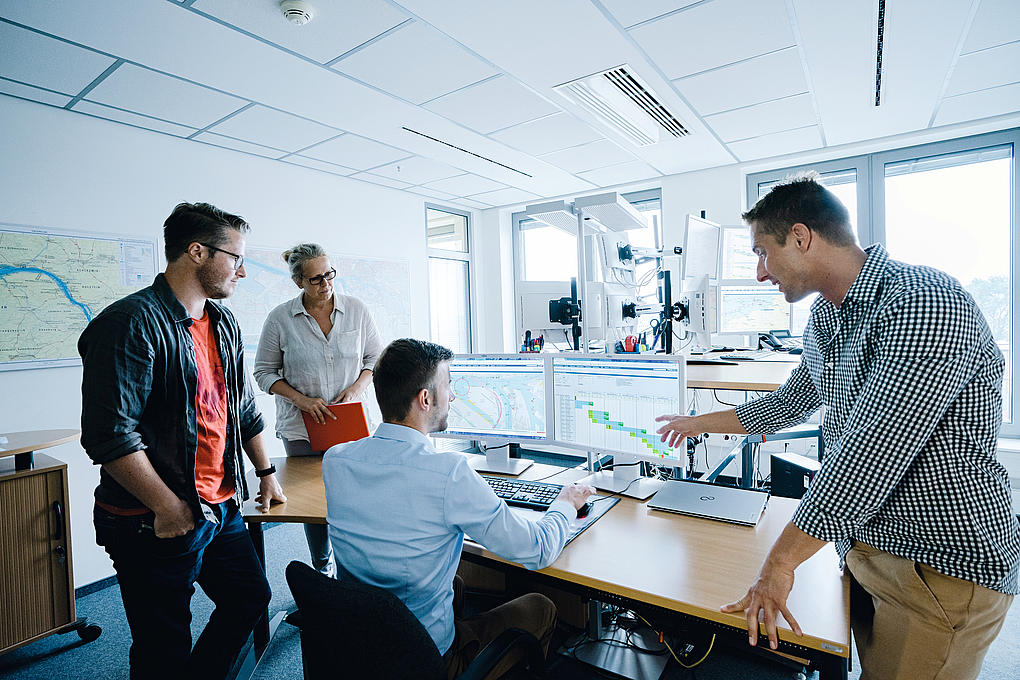
Nearly every container that Hellmann handles on the import side at the Port of Hamburg is registered in the IMP. With “available”, the forwarder shows that they have the right to take over the container in Hamburg and determine how they want to organise the on-carriage – i.e. whether the container will be transported onward via truck, train or inland waterway ship.
The forwarder sends the following information about the expected container to the IMP ten days before the ship arrives: the container number, the bill of lading and the means of transport that will be used for onward transport to the customer. Hellmann also uses the function “advance customs clearance” for its containers.
A domino effect is triggered with this information, which gives containers a significant time advantage at the port. Sending the information in advance allows customs, which is also connected via the DAKOSY customs software, to check the customs declaration while the containers are still at sea. This takes care of some of the customs work ahead of time.

Christian Körte, Head of Customs Germany at Hellmann Worldwide Logistics, reports on his experiences with IMP
As soon as the container ship docks at the terminal, the time advantages IMP users have is clear – sometimes it’s as much as a few days. Per mega-ship call, some 9,000 standard containers (TEU) are loaded and unloaded; at times, there are even two ships to be handled at once. Even with such a high degree of automation as the HHLA port terminals have achieved, this process alone can take three to four days.
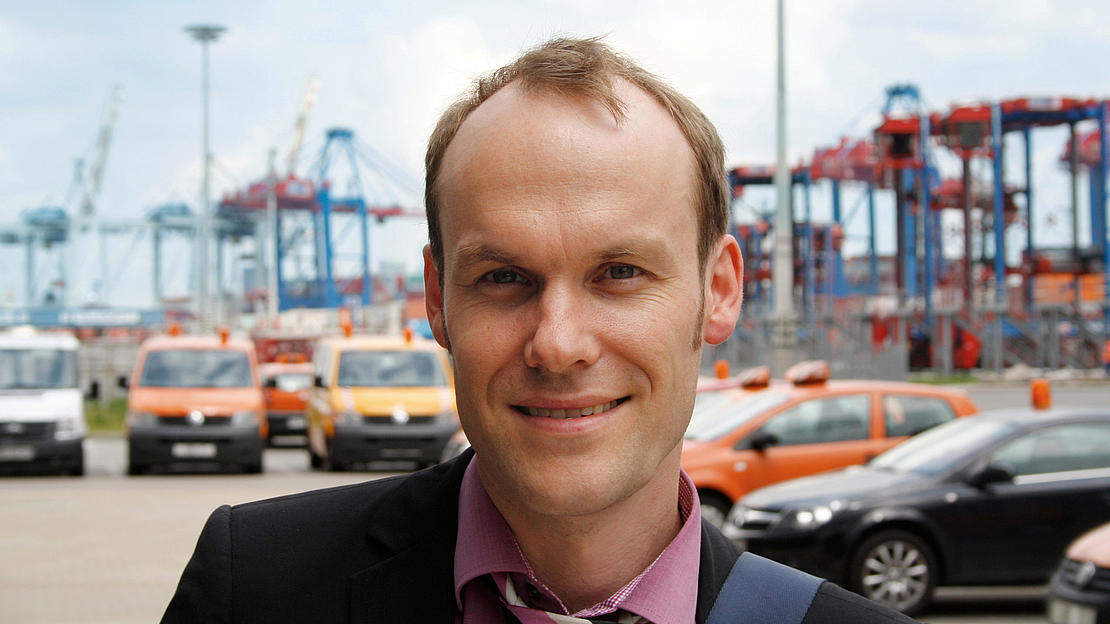
“Especially with the current ship delays, it helps us if a lot of parties use the IMP. Containers registered in the IT platform can run seamlessly through our terminal with almost no waiting time. If customs processes or onward transport decisions are first made after the container has arrived, this can throw handling back by days in the worst cases,” explains Sönke Witt from HHLA.
In practice, this is how things run for containers that have been cleared by customs in advance: The minute the container is unloaded, the IMP is automatically updated with the status “Unloaded – complete” and the final customs clearance is triggered. As soon as it has been cleared, the container can be moved on immediately.
Now is when it really counts that information on forwarding has been recorded in advance – i.e. when the container will be transported onward and with which means of transport. “With this information, we calculate the ideal terminal position. These containers have the chance to be in a pole position for their onward journey. For instance, they’d be placed right on the quayside if they’re headed for an inland waterway ship or next to the rails if they’re being transported by train,” Witt clarifies. This creates the optimal conditions for the container to be transported to the recipient without long waiting times.
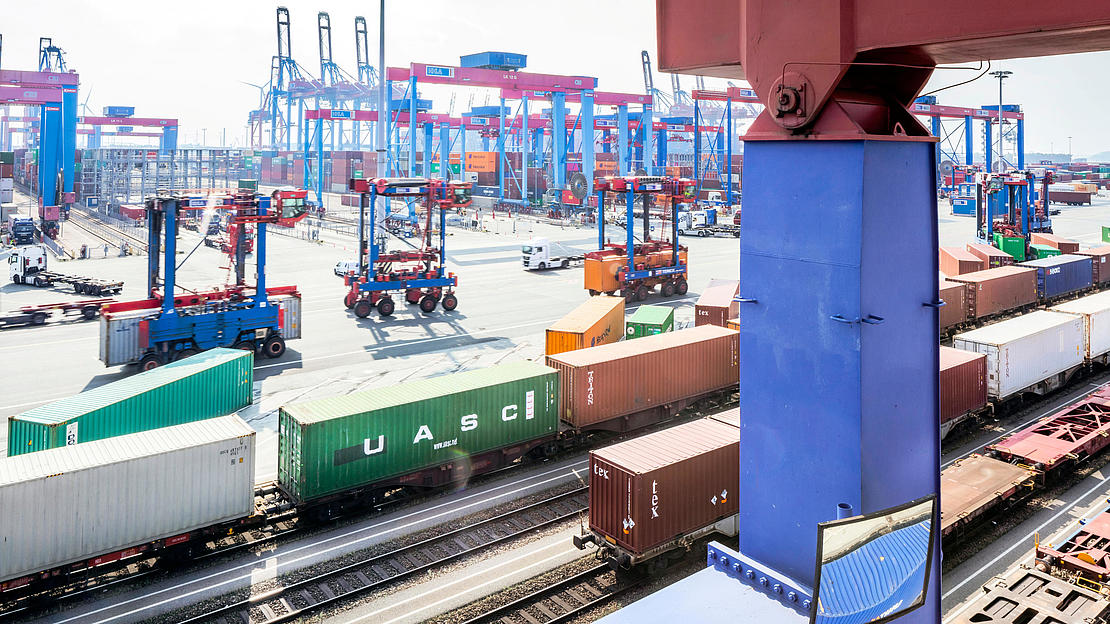
Therefore, ship delays, which are currently ranging between days to weeks, do not have to be accepted idly. As a first step, the Import Message Platform creates transparency by making it possible to follow virtually “live” when the ship with the expected container will arrive in Hamburg. This makes planning easier for the supply chain down the line. Through the consistent use of digital channels, the container can then be prepared for its journey to the hinterland without waiting times in the Port of Hamburg. If transport goes well, the container will also arrive earlier where it’s been urgently awaited.
One of the last processes that has not yet been mapped via the IMP is also being tackled: the release order. It permits the collection of goods from the container terminal and is particularly sensitive, as the containers often carry high values of goods. At present, the IMP indicates the status with a red or green signal and thus whether the release order has been provided. In the future, the entire process, i.e. the coordination between shipping companies, forwarders, terminals and transport companies, will be carried out via the IMP in a standardised manner. And not only in Hamburg: the solution, which is being developed as a joint project by DAKOSY and dbh Logistics IT from Bremen, will also work in Bremerhaven, Bremen and Wilhelmshaven.
Actual version from October 2022
